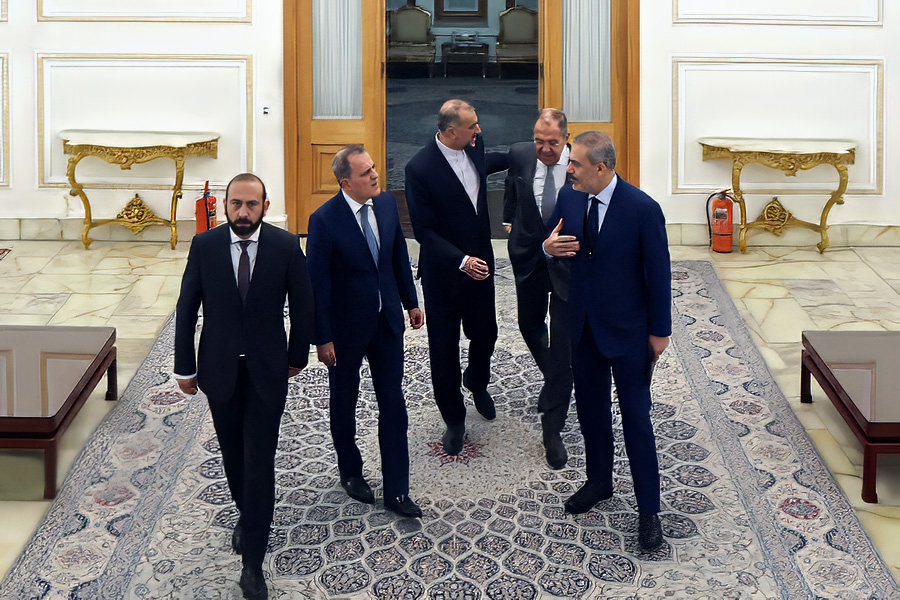Almost a month had passed since the end of the 44-day Artsakh war, when Turkish President Recep Tayyip Erdogan, who went to Baku to participate in the “victory parade” at the invitation of Azerbaijani President Ilham Aliyev, announced: “Today, I discussed with my brother the possibility of creating a platform with the participation of six countries: Azerbaijan, Turkey, Russia, Iran, Georgia and, if willing, Yerevan, Armenia. This will be a good cooperation for the development of the region”.
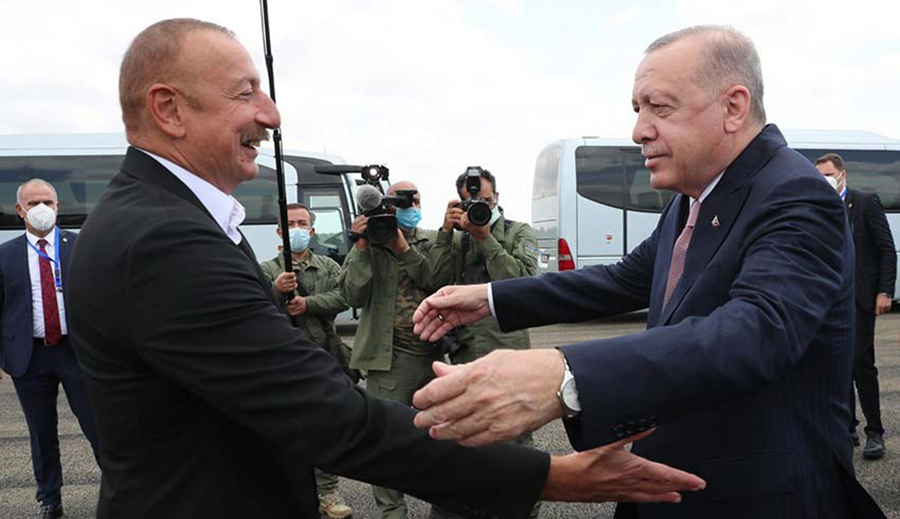 That was a proposal to create a political and economic cooperation mechanism involving the three countries of the South Caucasus (Armenia, Georgia, and Azerbaijan) and the three neighboring countries (Turkey, Russia, and Iran).
That was a proposal to create a political and economic cooperation mechanism involving the three countries of the South Caucasus (Armenia, Georgia, and Azerbaijan) and the three neighboring countries (Turkey, Russia, and Iran).
In other words, the “3+3” format, which according to Erdogan, had initially been embraced not only by Aliyev but also by Russian President Vladimir Putin.
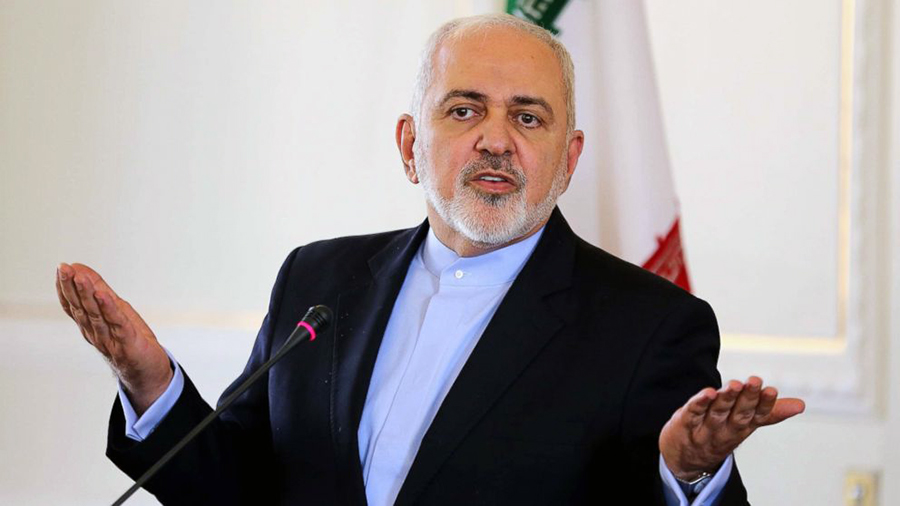 Almost at the same time, the Islamic Republic of Iran made a similar proposal. In January 2021, the then Foreign Minister of Iran, Javad Zarif, as part of a broader regional visit (before that, he had been to Yerevan, Baku, Tbilisi and Ankara), announced while traveling to Moscow: “We strive to create a six-party cooperation union in the region, and that is the paramount goal of this regional visit”. He also emphasized that the proposed can serve as a new post-war regional integration platform.
Almost at the same time, the Islamic Republic of Iran made a similar proposal. In January 2021, the then Foreign Minister of Iran, Javad Zarif, as part of a broader regional visit (before that, he had been to Yerevan, Baku, Tbilisi and Ankara), announced while traveling to Moscow: “We strive to create a six-party cooperation union in the region, and that is the paramount goal of this regional visit”. He also emphasized that the proposed can serve as a new post-war regional integration platform.
As of the beginning of 2021, four countries were unconditionally in favor of starting joint work within the framework of the “3+3” platform: Russia and Iran, dreaming of a “new egalitarian and multipolar world order”, and Turkey and Azerbaijan, professing the ideals of pan-Turanism with the slogan “One nation, two states”.
An impression is created that, for both Ankara and Tehran, the Artsakh conflict was the sole obstacle in the region, the removal of which would facilitate the creation of such a neighborly environment. However, while Ankara and Baku considered the Armenian-Azerbaijani conflict resolved after the end of the 44-day Artsakh war, the same cannot be said for Georgia and Russia, who continue to be engaged in the conflicts in Abkhazia and South Ossetia.
This is likely what Erdogan calculated later, when on August 29 of the same year, during a visit to Montenegro, seemingly intentionally leaving out Georgia, he announced: “The offer of the platform of five or six countries is on the table: Turkey, Azerbaijan, Russia, Iran, and Armenia. In my opinion, tension in the region will decrease significantly if this platform is accepted as such”.
This was followed by Aliyev’s statement in September, where, besides redefining Baku’s official stance, he also provided some details regarding the essence of the platform: “The “3+3” initiative has received the support of Russia, Iran, Turkey, and Azerbaijan. Georgia has raised objections, while Armenia has not yet expressed its position. We can begin working in this direction if the stance is positive. In turn, this will not only contribute to the stabilization of the region but also minimize security risks. Moreover, as a result, the countries of the region will decide their cooperation format and lifestyle. Finally, the region will be freed from some external influence”.
Tbilisi’s objections were followed by an official response in October. At that time, the statement from Georgia’s Ministry of Foreign Affairs mentioned: “Tbilisi does not discuss the participation of Georgia with Russia in the so-called “3+3” format”.
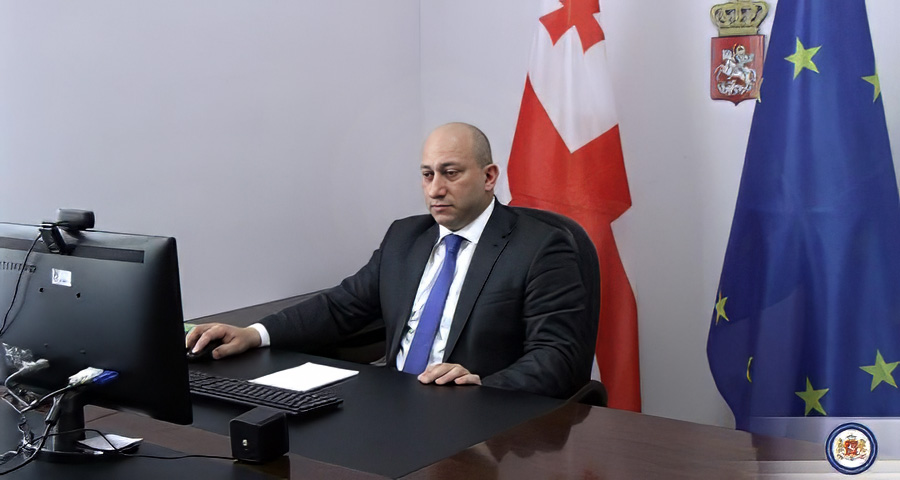 In November, the Deputy Minister of Foreign Affairs of Georgia, Alexander Khvtisiashvili, clarified the Georgian position, stating that Georgia refuses to participate in any regional structure with Russia until Moscow ceases the occupation of Abkhazia and South Ossetia. He emphasized: “Georgia will be unable to engage in a peace platform where the country occupying Georgian territories participates as well”.
In November, the Deputy Minister of Foreign Affairs of Georgia, Alexander Khvtisiashvili, clarified the Georgian position, stating that Georgia refuses to participate in any regional structure with Russia until Moscow ceases the occupation of Abkhazia and South Ossetia. He emphasized: “Georgia will be unable to engage in a peace platform where the country occupying Georgian territories participates as well”.
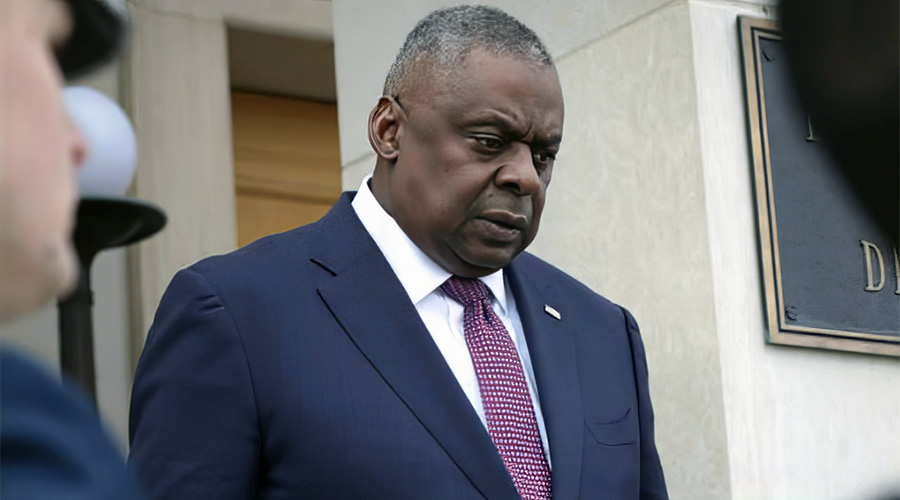 Georgia’s position soon found unconditional support from Washington. During his visit to Georgia, the Minister of Defense, Lloyd Austin, responded to a journalist’s question about the “3+3” format, stating: “I would just say that Russia, which currently occupies 20 percent of Georgia’s territory, should concentrate on fulfilling the obligations outlined in the 2008 ceasefire before initiating new discussion platforms”.
Georgia’s position soon found unconditional support from Washington. During his visit to Georgia, the Minister of Defense, Lloyd Austin, responded to a journalist’s question about the “3+3” format, stating: “I would just say that Russia, which currently occupies 20 percent of Georgia’s territory, should concentrate on fulfilling the obligations outlined in the 2008 ceasefire before initiating new discussion platforms”.
One can assume that with this step, Washington aimed at neutralizing the pressures exerted on Tbilisi by Turkey, Russia, or Iran to involve Georgia in such regional platforms.
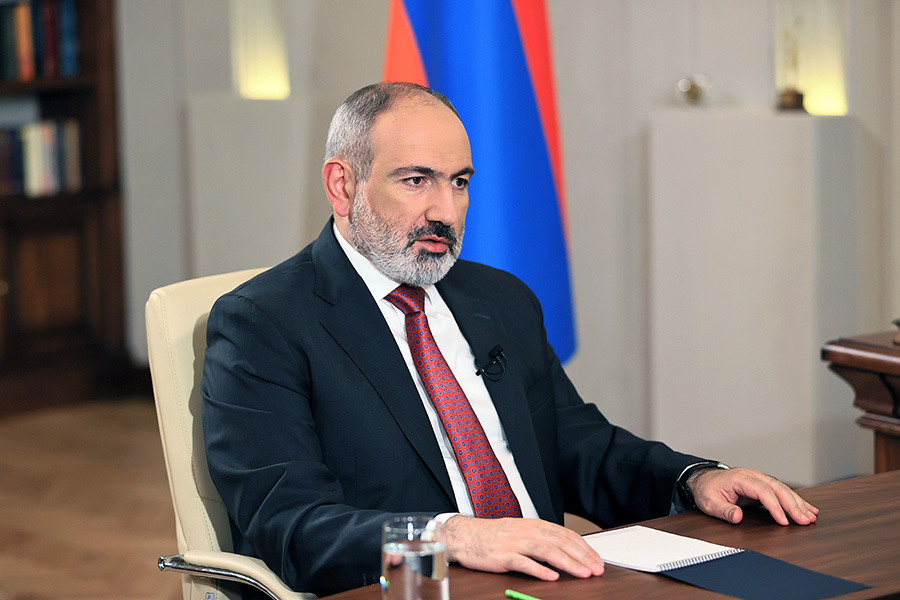 Armenia’s official position was announced in November. Prime Minister Nikol Pashinyan emphasized in an interview that the “3+3” platform should not include issues already under discussion in other formats, such as the opening of regional communications and the regulation of the Nagorno-Karabakh conflict.
Armenia’s official position was announced in November. Prime Minister Nikol Pashinyan emphasized in an interview that the “3+3” platform should not include issues already under discussion in other formats, such as the opening of regional communications and the regulation of the Nagorno-Karabakh conflict.
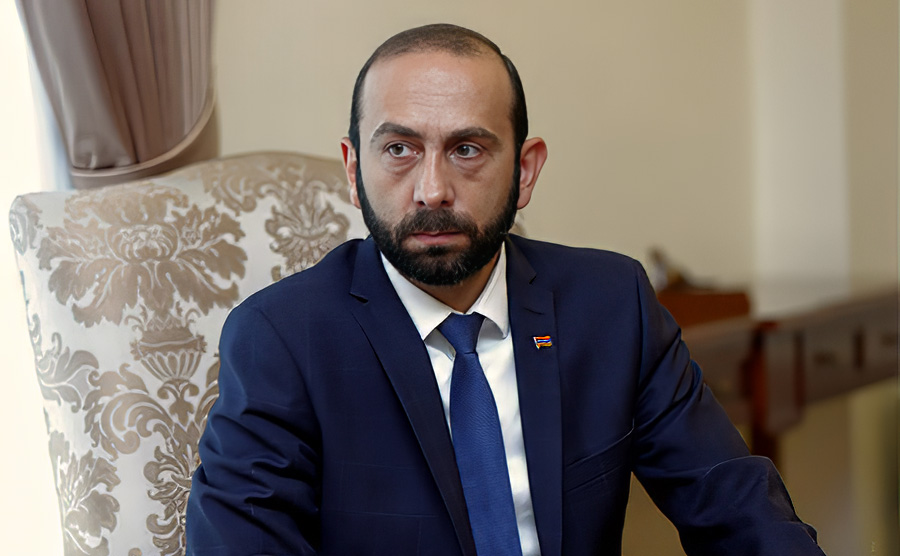 Following this statement, on December 10th, Armenia’s Minister of Foreign Affairs, Ararat Mirzoyan, participated in the Foreign Ministers’ first session of the “3+3” platform in Moscow. Notably, Georgia did not take part.
Following this statement, on December 10th, Armenia’s Minister of Foreign Affairs, Ararat Mirzoyan, participated in the Foreign Ministers’ first session of the “3+3” platform in Moscow. Notably, Georgia did not take part.
The second session of the Ministers of Foreign Affairs within this regional platform took place on October 23 of last year in Tehran, once again without Georgia’s participation. It is worth mentioning that this event followed the European Council’s granting of candidate status to Georgia.
It goes without saying that the three former empires surrounding the region have both overlapping and separate interests, as well as conflicting far-reaching goals. Moreover, it is worth emphasizing that this is not the only region where Russia, Iran, and Turkey seek to maintain their influence through cooperation.
One such example is the Astana process launched in 2017, a platform mostly consisting of these three states aimed at ending the civil war in Syria via political means. However, the reality is, that the overarching goal of the three states is to maintain their influence through military presence and to neutralize the presence of the West as much as possible.
The competition “Against the Influence of the West” has intensified in the South Caucasus, particularly since the onset of the war in Ukraine. For Russia, which perceives itself as combating “Local Nazis” and the “Global West” in Ukraine, this presents another opportunity to eradicate even the slightest Western influence in the South Caucasus, with Georgia being considered its base. Simultaneously, this situation presents a significant opportunity for Russia to pursue new economic and political cooperation with Tbilisi, the benefits of which have the potential to further extend the frozen conflicts in Abkhazia and South Ossetia.
In the case of Iran, the “3+3” initiative represents more than a significant opportunity to establish a certain economic and political role in the neighboring region. Moreover, it is a chance to gain access to the Black Sea and subsequently the European market as well.
In the case of the other two members of the platform, Turkey and Azerbaijan, the situation appears smoother. Ankara, which has significantly increased its influence in the region following the 44-day war, has long been the main supplier of oil and gas resources to Europe. Moreover, through the Baku-Tbilisi-Ceyhan pipeline, it has also engaged Azerbaijan in this system.
In particular, after the onset of the Ukrainian war, when the EU ceased Russian gas supplies and began seeking alternatives, the need for direct cooperation with Azerbaijan emerged. President of the European Commission Ursula von der Leyen signed such a document with President Aliyev in Baku in July 2022.
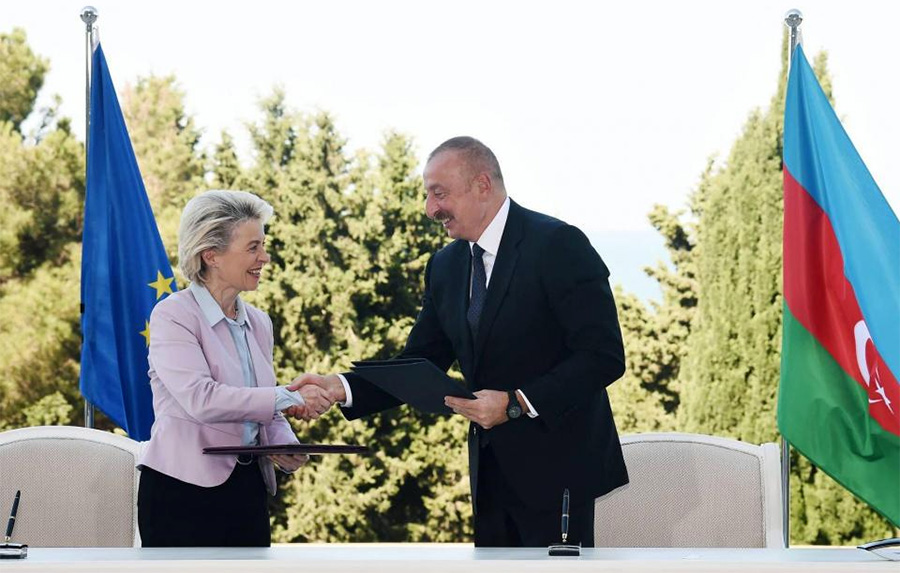 This was followed by the signing of an agreement on strategic cooperation in the field of renewable energy by Aliyev with the Prime Ministers of Georgia, Romania, and Hungary on December 17 in Bucharest. Von der Leyen, who was present at the signing ceremony, announced: “Azerbaijan is the reliable partner of Europe in the field of energy”.
This was followed by the signing of an agreement on strategic cooperation in the field of renewable energy by Aliyev with the Prime Ministers of Georgia, Romania, and Hungary on December 17 in Bucharest. Von der Leyen, who was present at the signing ceremony, announced: “Azerbaijan is the reliable partner of Europe in the field of energy”.
In other words, Turkey and Azerbaijan, encountering no obstacles in cooperation and “trade” with Europe, view the “3+3” platform absolutely as a tool to amplify their political and economic influence rather than merely a cooperation platform.
Furthermore, when considering the bellicose rhetoric of Azerbaijan towards Armenia and the intense economic competition among Russia, Iran, and Turkey, it becomes evident that the launch of such a platform lacks viability under these conditions.
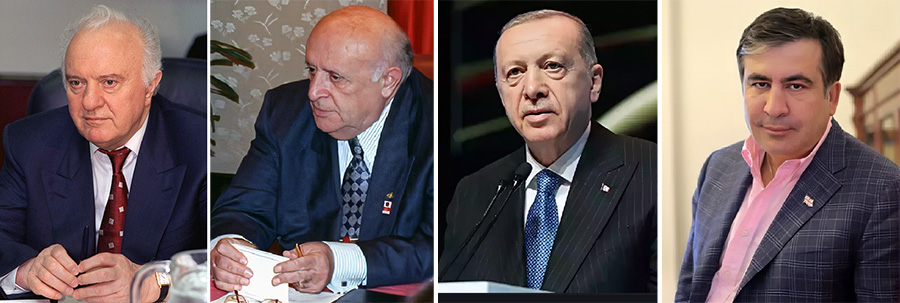 Notably, there has been no shortage of proposals for cooperation among the South Caucasus and neighboring countries over the last three decades, primarily put forward by Tbilisi and Ankara. These proposals include the “Peaceful Caucasian Initiative” suggested by former Georgian President Eduard Shevardnadze, the “Stability Pact for Caucasus” proposed by the then president of Turkey, Suleiman Demirel, in 2000, the “Platform of Stability and Cooperation of the Caucasus” suggested by Erdogan during his tenure as Prime Minister in 2008, and the “United Caucasus” proposed by Mikheil Saakashvili in 2010. However, none of these proposals has come to fruition. They not only failed to include all members of the South Caucasus but also lacked lasting solutions for the region’s most acute problems. This absence of comprehensive solutions is also noticeable in the “3+3” platform.
Notably, there has been no shortage of proposals for cooperation among the South Caucasus and neighboring countries over the last three decades, primarily put forward by Tbilisi and Ankara. These proposals include the “Peaceful Caucasian Initiative” suggested by former Georgian President Eduard Shevardnadze, the “Stability Pact for Caucasus” proposed by the then president of Turkey, Suleiman Demirel, in 2000, the “Platform of Stability and Cooperation of the Caucasus” suggested by Erdogan during his tenure as Prime Minister in 2008, and the “United Caucasus” proposed by Mikheil Saakashvili in 2010. However, none of these proposals has come to fruition. They not only failed to include all members of the South Caucasus but also lacked lasting solutions for the region’s most acute problems. This absence of comprehensive solutions is also noticeable in the “3+3” platform.
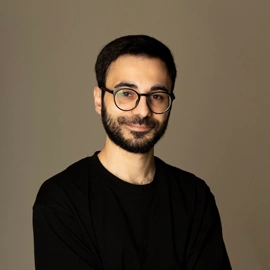
Մասնագիտությամբ միջազգայանագետ եմ։ Ձգտում եմ մարդկանց ապահովել տեղեկատվությամբ՝ նպատակ ունենալով թեկուզ չնչին ներդրում կատարել անցյալից ու ներկայից տեղեկացված հասարակություն կերտելու գործում։ Հետաքրքրությանս ոլորտներն են կրոնները, հատկապես իսլամը՝ իր շիա ուղղությամբ, պատմությունն ու պատերազմի մասին ժողովուրդների ընկալումները։
